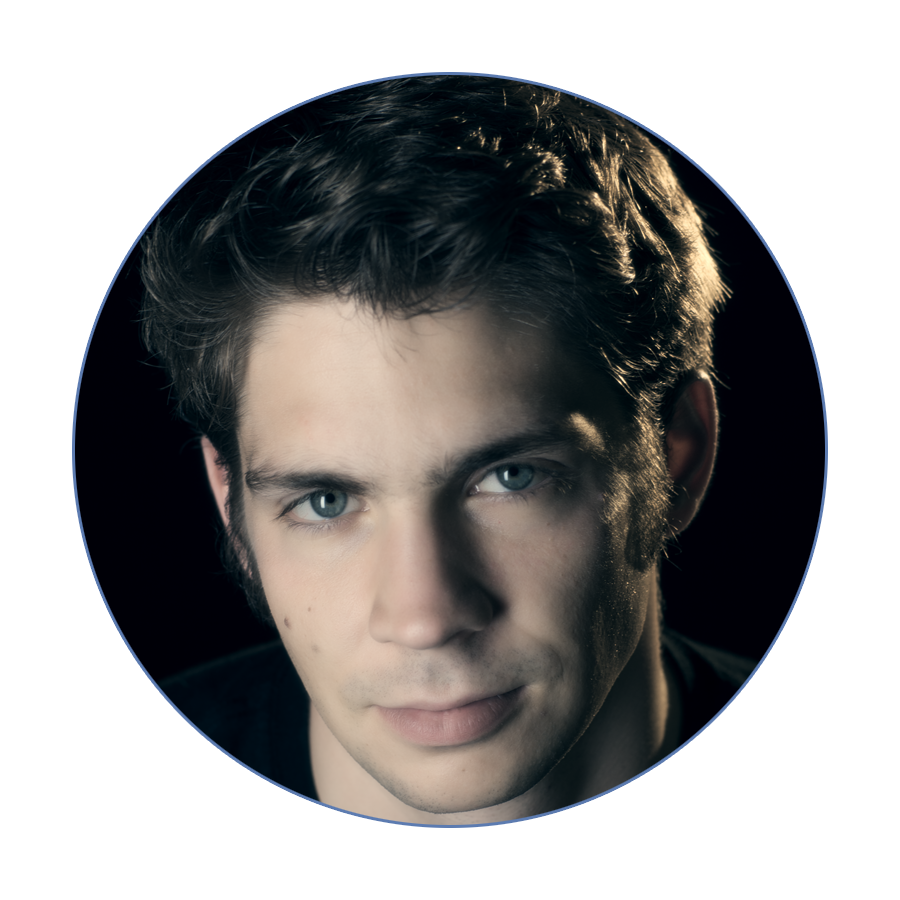Play Video
client
date
June 2021
task
- modeling
- sculpting
- shading
- texturing
- lighting
- animation
tools




additional credits
- Stefan Voigt
- animation, shading, texturing, compositing
- megaherz
- production agency
For this medical visualization, I was responsible for the environment of the bone marrow and the animation of the red blood cells.
